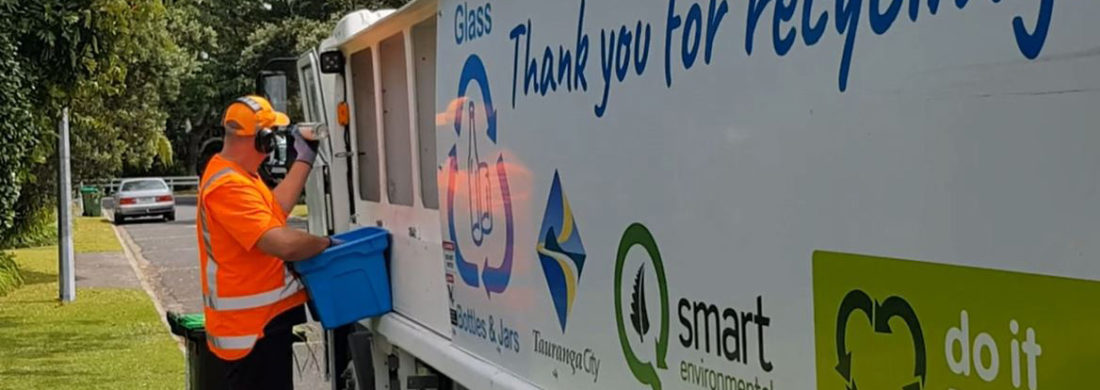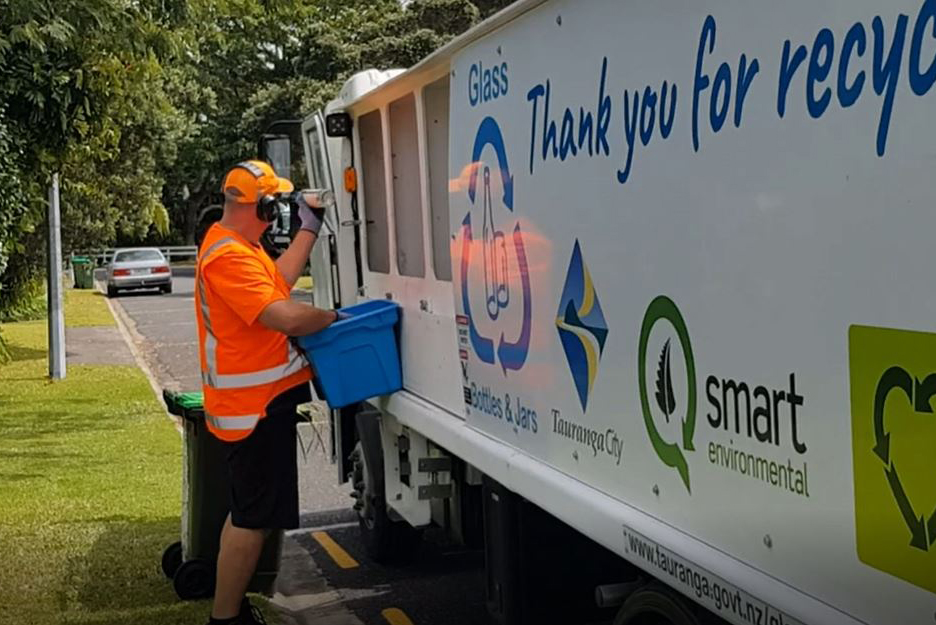
GPF supports transforming the recycling of glass – with better kerbside collections

The Transforming Recycling consultation on a proposed container return scheme (CRS) for New Zealand and the standardisation of kerbside collections is now in full swing. The Glass Packaging Forum is seeking feedback from members and preparing its submission.
The GPF supports regulated product stewardship for all container glass and believes glass should be excluded from a CRS until an alternative model has been examined.
Leaving glass out of a CRS doesn’t mean glass producers wouldn’t be responsible for their products. Instead, industry would fund kerbside collections and be responsible for meeting the same recovery targets as a CRS.
Achieving both quantity and quality
New Zealand would not be alone if glass followed a different stewardship path than a CRS. Norway already excludes glass from its CRS and achieves a recovery rate of over 90%. England and Northern Ireland have recently decided glass will be excluded from their deposit scheme.
The key reason glass has been excluded in England and Northern Ireland is that collecting mixed glass lowers the quality of material available for recycling and increases the need for costly optical sorting. Concerns over the weight of handling the glass and the potential increase in handling costs and complex equipment were also factors in the decision.
Like Norway before them, they will be placing glass in an extended producer responsibility (EPR) model instead, where producers pay the cost of managing the glass and must meet recovery targets.
This is the solution the GPF would like to see fully explored for New Zealand.
Recovery targets
While the reason given for excluding dairy milk containers from a CRS in the Ministry’s proposal is its purported high recovery rate, the GPF’s latest accreditation report puts the recovery rate of container glass at 75%, with 61% of this being recycled back into bottles in Auckland.
The GPF report also identified the barriers to improving both recovery and recycling rates.
The CRS is proposed to have a recovery target of 85%, but no recycling rate target. That makes sense, given a CRS is a collection system and doesn’t directly address many of the factors that influence the recycling rate.
The GPF supports the same recovery target as a CRS, 85% for container glass, through an alternative scheme, but will also include a focus on addressing barriers to improving recycling rates.
Support for standardised kerbside collection
One of the main barriers to a higher recovery rate, and to the quality of glass available for recycling is co-mingled collections. This is a practice which would end if glass-separate collections were mandatory, which is also a proposal in the Transforming Recycling consultation.
We fully support the proposals to standardise kerbside collections and strongly advocate for glass being collected separately.
A glass-separated, kerbside-based collection system has been shown to improve both the quantity and quality of glass collected, which would improve both recovery and recycling rates.
Best practice, colour separation at source, would also address the quality issues that hold back the recycling rate. We have long advocated for the best practice of glass collected separately and colour sorted at source.
This can be best achieved by improving the existing kerbside collection systems and infrastructure – something the GPF has supported through over $2.1 million, to date, in grants for plant and infrastructure.
Cost-effective, convenient, equitable and popular
Much has been made of the popularity and nostalgia of a CRS, but research carried out by Horizon Research earlier this year shows while 70% of consumers initially say they support a CRS, this drops to 37% if it increases the cost of a 24 pack of drinks by $4.
Conversely, 73% say kerbside collections suit them best and 92% support a separate kerbside collection funded by industry.
The GPF believes leveraging the existing kerbside collections, through a regulated, industry-funded scheme, will prove to be a more cost-effective, convenient and equitable solution for improving recovery and recycling rates.
Our next steps
- Gather feedback from our members
- Distribute a draft submission to members for final feedback
- Provide advice on individual submissions by members
Additionally, we have appointed independent consultants Grant Thornton to design and cost an alternative scheme for container glass. High level findings will be included in our submissions.
We will continue to share relevant information with glass packaging stakeholders and encourage them to make a submission on the Ministry’s Transforming Recycling consultation document.
We support:
- A regulated scheme, paid for by industry, to improve glass recovery and recycling of all glass containers (not just beverage glass)
- Standardised kerbside collections with glass collected separately – funded by industry, cost effectively serving many households at once
- Improving the current 75% glass recovery rate through targeting where the issues are – co-mingled collection, contamination, network infrastructure
- Equity of access to glass recycling for those without easy access to private transport e.g. the elderly, those with disabilities
- A universal data collection system to accurately show where improvements can be made


